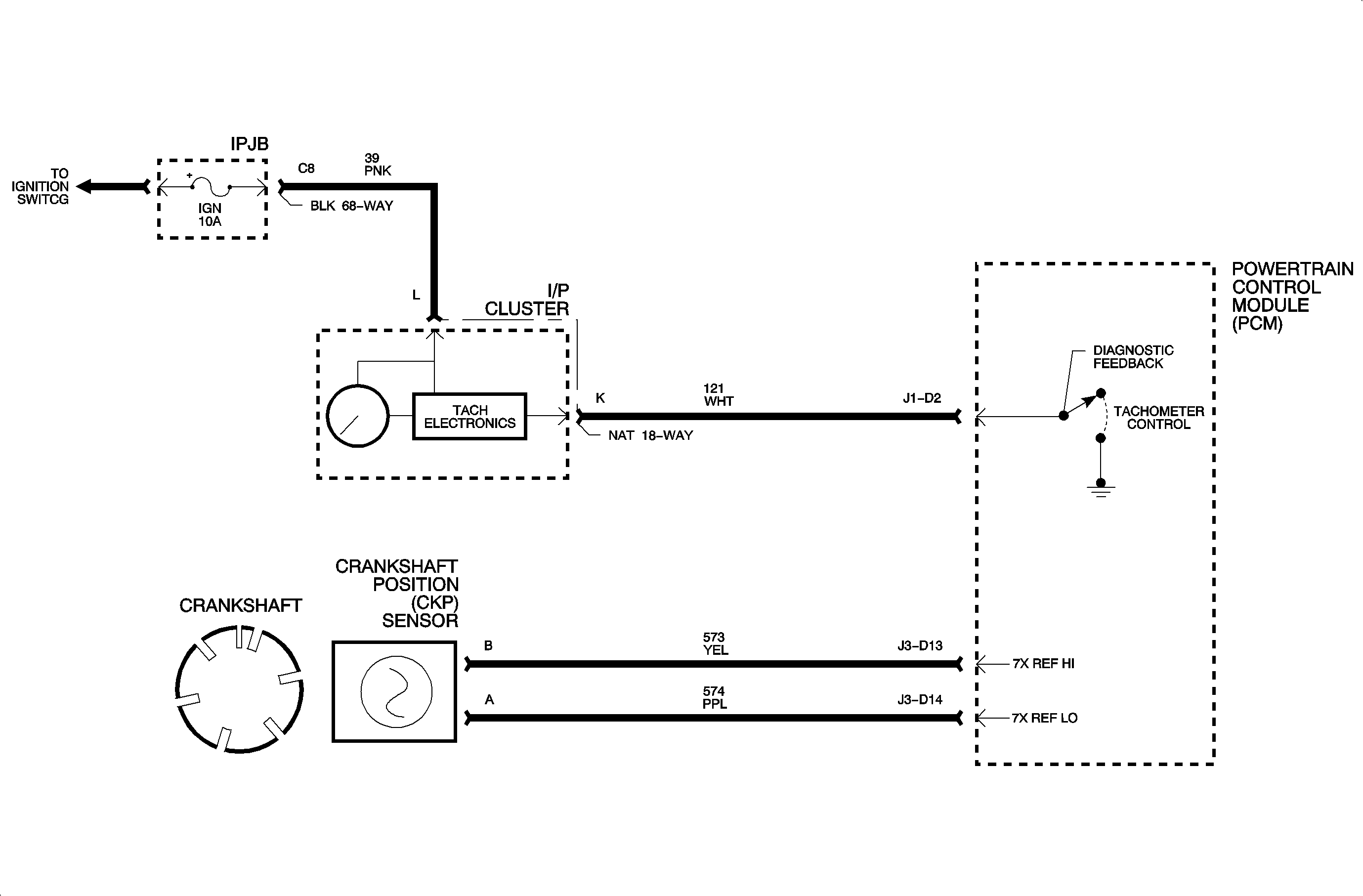Circuit Description

The PCM receives signals from the crankshaft position sensor to determine the position of the crankshaft at various degrees of rotation. The PCM can then base misfire diagnostics on the principle that crankshaft velocity will increase as each cylinder contributes its power input. The PCM must know precisely the degree of variability in crankshaft notches to perform the misfire diagnosis functions. Replacement of either the PCM or the crankshaft requires a crankshaft learn procedure to learn the variability of the crankshaft notches. DTC P1336 will set if the learn procedure has not been performed and the vehicle is driven.
Conditions for Setting the DTC
Important: Do not transfer PCMs from one vehicle to another without resetting the crankshaft adaptives and performing the crankshaft learn procedure. The learned notches will be different from one vehicle, or crankshaft, to another. Failure to perform this procedure may result in a false misfire detection.
Important: Any time a crankshaft position sensor is replaced, the crankshaft learn procedure must be performed.
DTC P1336 will set if the crankshaft notch learn process has not been completed and the vehicle is driven above 24 km/h (15 mph).
Diagnostic Aids
| • | The crankshaft notch learn routine will not run if misfire conditions are detected. If any other DTCs are present, diagnose and repair those first. When finished with the repairs, perform the crankshaft learn procedure. |
| • | View the scan tool parameter crankshaft learned in the misfire table. The tool will indicate YES when the learned procedure is complete. |
